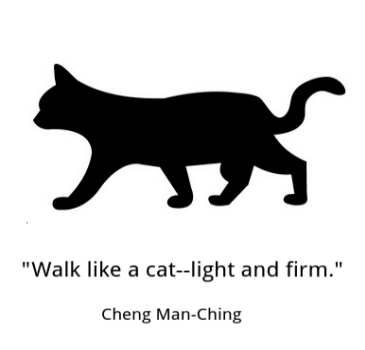“T’ai Chi for Kids, Move Like the Animals”
by Stuart Alve Olson
“T’ai Chi for Kids Move Like the Animals” by Stuart Alve Olson is an enchanting book for children, grandchildren, and all ages. The images illustrate the names of eight common T’ai Chi poses and encourage children to use their imagination to learn the form. On the cover is “White Crane [...]




